Grow a Lush Green Lawn: The Ultimate Guide to Planting and Growing Grass in Clay Soil
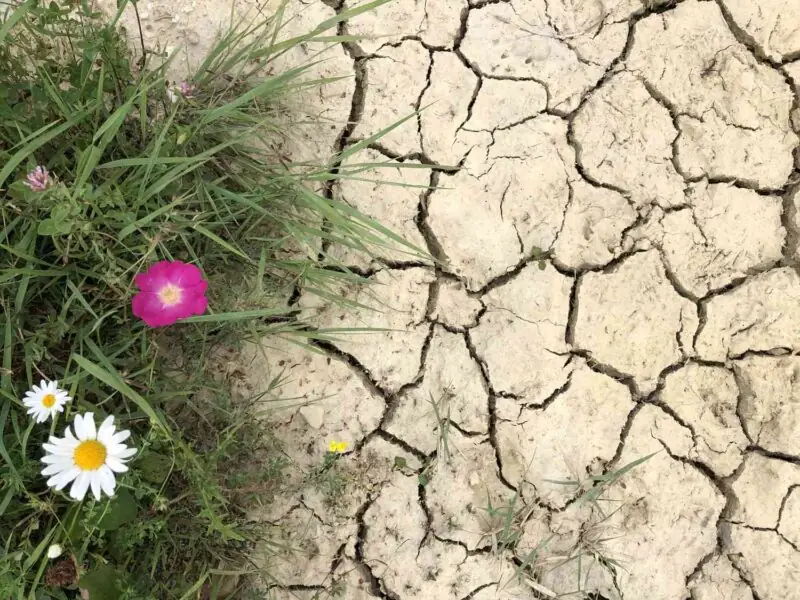
Growing grass in clay soil can be a bit tricky. Clay soil is dense, heavy, and slow-draining, which makes it tough for plants to grow in. But don’t worry! With the right knowledge and tools, you can turn your lawn into a beautiful green paradise.
In this article, we’ll explore the challenges of growing grass in clay soil and give you some tips and tricks to make it easier. We’ll also recommend some of the best types of grass that thrive in clay soil so you can have the lawn of your dreams.
Let’s get started!
The Challenge Of Clay Soil
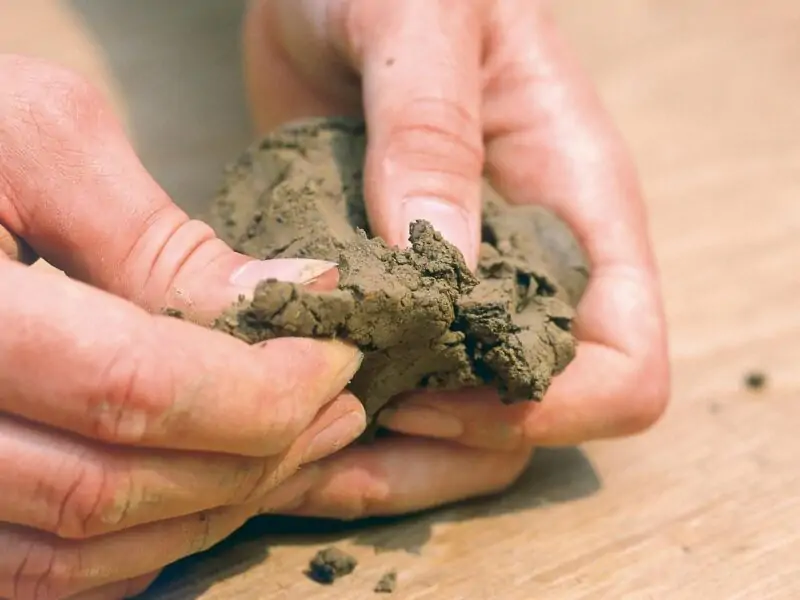
Clay soil is made mostly of tiny mineral particles that stick together tightly because of their negative charges. This tight structure creates small spaces between the particles, which means water drains slowly through them, making it important to amend the soil. This leads to poor root growth and low oxygen levels.
Most plants, including grass, need good drainage and plenty of air pockets around their roots so they can get the nutrients they need. But clay soil doesn’t provide this ideal environment, even though some grass varieties tolerate clay better than others.
When clay soil is wet, heavy equipment or people walking on it can cause lasting damage by leaving impressions behind. This makes it hard to regrow grass without breaking up the surface layers of the soil, using soil amendments, or adding organic matter like compost (made from things like leaves and grass clippings) first. So, it’s crucial to choose the right soil for grass seed and take proper care to ensure a healthy, green lawn.
Recognizing Clay Soil
Before you start planting or maintaining your lawn, it’s important to know if you have clay soil. So, how can you tell? One obvious sign is that it’s difficult to dig deep into the soil. When moistened, clay soil sticks together and forms lumps, unlike other soil types that crumble away under pressure. Other characteristics of clay soil include:
- Stays wet for a long time after rain
- Takes a while to dry out after being soaked
- Hardens quickly during droughts, creating cracks
How To Tell If You Have Clay Soil
To check if you have clay soil, scoop up about half a cup of soil from the area where you want to plant grass. Dampen the soil with water, and then knead the mud between your fingers. If it forms a ribbon when pressed together without breaking apart, that means there’s a lot of clay in your soil.
Another test involves burying different-sized marbles a few inches deep into various spots around your yard. If the marbles get stuck or are hard to push down because there’s not enough space between particles, that confirms your soil is mainly composed of tiny mineral fragments.
Soil Testing For Clay Content
Confirming that you have clay soil isn’t enough, though. You need to know exactly how much clay is in your soil to choose the best type of grass to plant. You should also find out your soil’s pH level, which is a basic indicator ranging from acidic (0) to alkaline (14). You can determine your soil’s pH level through professional testing or using at-home kits available online.
Selecting The Best Grass To Grow In Clay Soil
When choosing the right type of grass for clay soil, consider species that can tolerate heavy soils. Some warm-season grasses include Bermuda Grass, Zoysia Grass, and Buffalograss. Popular cool-season varieties are Tall Fescue, Perennial Ryegrass, and Kentucky Bluegrass.
Warm-season grasses:
Bermuda Grass

Bermuda Grass is well-known for its ability to spread quickly in areas where other plants struggle. It’s a great option for hot summers. It needs full sun and moderate watering during growing seasons. Once established, it tolerates drought well.
Zoysia Grass
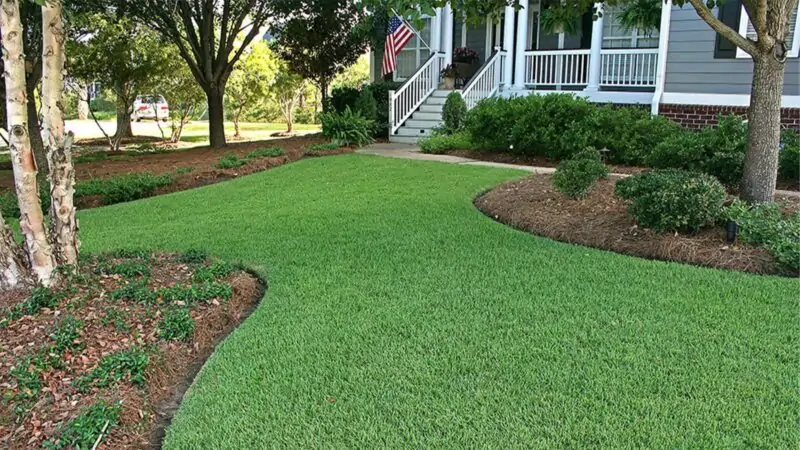
Zoysia Grass shares similar characteristics with Bermuda Grass. It spreads aggressively and is resistant to diseases and pests like chinch bugs. Zoysia handles heat and cold better than most other types, offering more flexibility in extreme climates.
Buffalograss
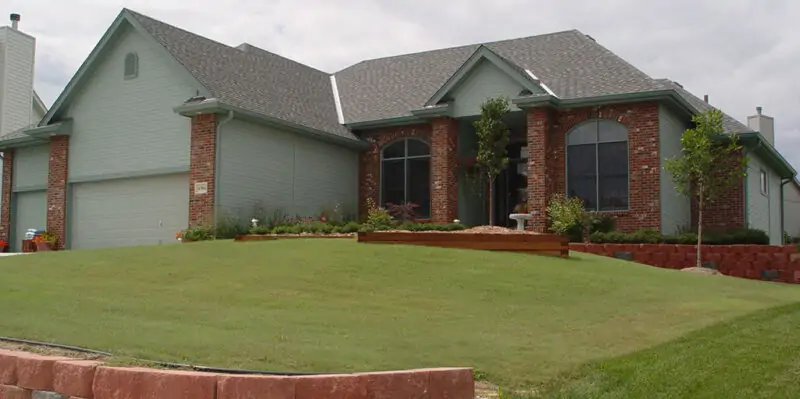
Buffalo Grass is native to the Great Plains region of North America. It’s a top choice for low-maintenance lawns. It grows up to six inches tall but requires less mowing than other varieties, making it ideal for saving on lawn care costs during droughts.
Cool-season grasses:
Tall Fescue
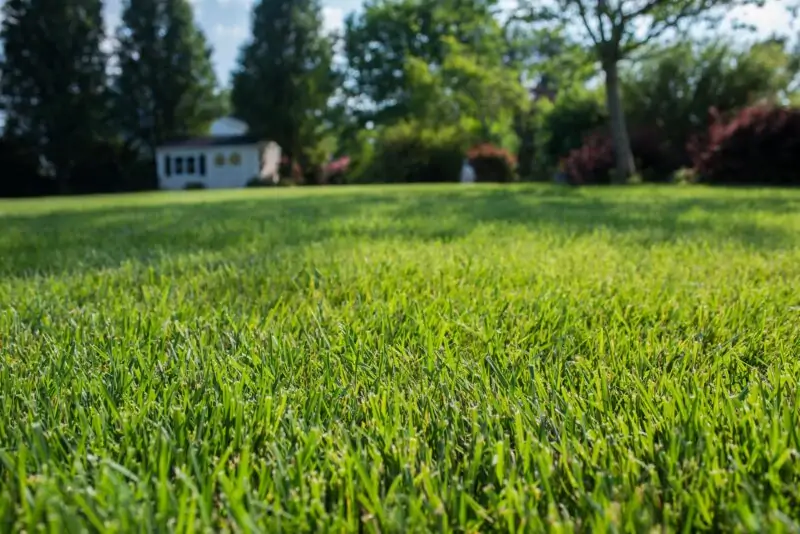
Tall Fescue is popular among homeowners because it tolerates shade and moderate foot traffic. It’s also resistant to diseases like Brown Patch, Necrotic Ring Spot, and Dollar Spot. Tall Fescue is a cool-season grass, thriving best when temperatures range between 55°F and 75°F.
Perennial Ryegrass
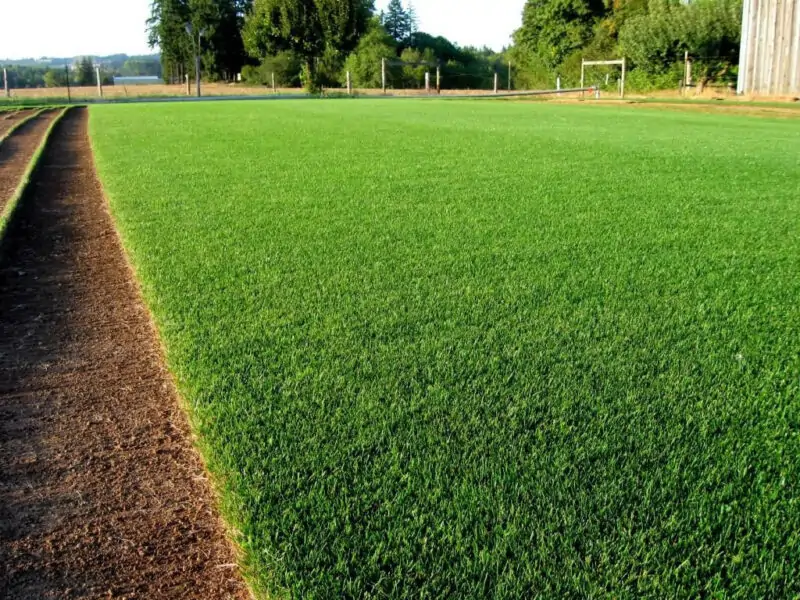
Perennial Ryegrass has been around for centuries. It grows rapidly under a wide range of weather conditions but prefers slightly cooler areas. It propagates easily from seed or sod, with high germination rates for quick establishment.
Kentucky Bluegrass
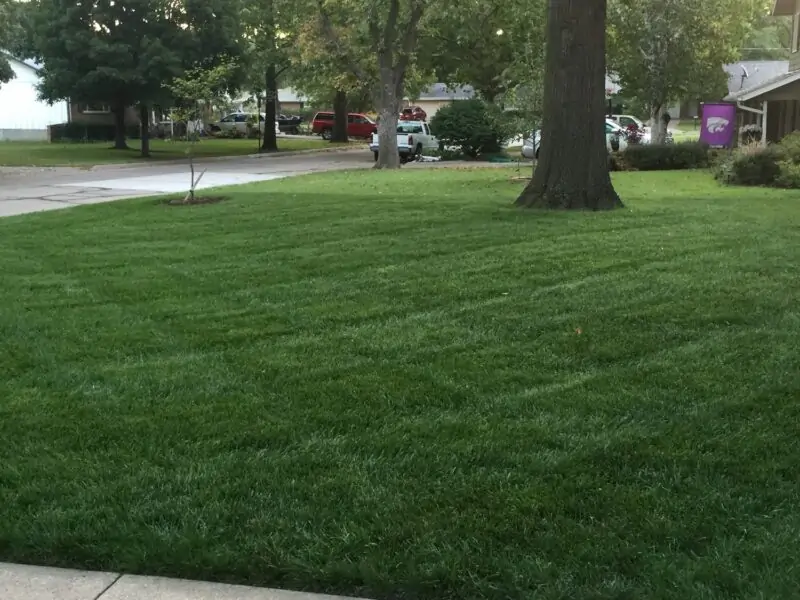
Kentucky Bluegrass may not be as hardy as some options, but it’s still favored by garden enthusiasts for its ability to spread fast and create lush green landscapes. This species thrives best in sunny locations but tolerates partial shade. It endures moderate foot traffic, so plant it with a maximum spacing of two feet apart.
How to Improve Clay Soil for Growing Grass
Growing a lush green lawn can be challenging, especially if you have clay soil. It’s hard, compacted, and doesn’t drain well. But don’t worry! With a little effort and the right techniques, you can improve your clay soil for growing grass.
Core Aeration and Its Benefits
One effective way to improve clay soil is through core aeration. This process involves using an aerator machine that removes small plugs of soil from your lawn. It creates holes in the ground that allow air, water, and nutrients to penetrate deep into the roots of your grass.
Core aeration has many benefits such as:
- minimizing compacting
- better drainage
- improving root development
- increasing absorption of nutrients
So why not give it a try? Your lawn will thank you!
Top Dressing with Compost
Another great technique for improving clay soil is top dressing with compost. This method involves spreading organic matter on top of your existing turfgrass.
Compost helps break up heavy soils by adding beneficial microorganisms that enhance its structure. It also increases the soil’s ability to hold moisture without becoming waterlogged, which promotes optimal plant growth.
The result? A more fertile environment where plants can grow their roots deeper, leading to healthier foliage above ground.
Liquid Aeration and Bio Stimulants
Liquid aerators and bio stimulants work together to break down compacted soils like clay. Applying these products early in the planting season promotes increased microbial activity throughout the soil, making it more porous over time.
This dynamic duo will help to break down heavy clay soils and provide essential nutrients that your grass needs to thrive.
Roto Tilling and Its Pros and Cons
Roto tilling is a technique for breaking up compacted soil using a machine with spinning blades. It works by churning the ground, loosening hard-packed dirt, which allows air, water, and other plant-friendly substances to penetrate deeper.
However, roto tilling isn’t always suitable because it’s an aggressive method of improving soil composition. Too much can damage delicate root systems in plants already established and increase erosion risks.
Planting Grass in Clay Soil
Now that you’ve improved your clay soil, let’s talk about planting some grass! Here are some tips:
Choosing Between Grass Seed and Sod
When choosing between grass seed or sod, consider what type of lawn would best suit your environmental conditions and long-term investment goals. Seeding takes longer initially but typically costs less than laying sod.
Sod might seem more practical at first glance, but seeds offer greater diversity in selection potential, better suited to local climate variations and individual gardening requirements.
Tips for Successful Grass Seed Germination
To ensure successful germination, follow these tips:
- Choose high-quality seed
- Prepare the soil thoroughly
- Keep the seeded area moist until germination occurs
- Water regularly after germination
- Fertilize regularly to promote healthy growth
Fertilizer for Growing Grass in Clay Soil
When it comes to fertilizer, choose one that’s specially formulated for clay soil. These fertilizers contain essential nutrients like nitrogen, phosphorus, and potassium that your grass needs for optimal growth.
Be sure not to overdo application amounts, as too much can lead to unwanted factors such as rapid foliage burnout or an inability for root systems to absorb all necessary elements.
Caring for Grass On Clay Soil
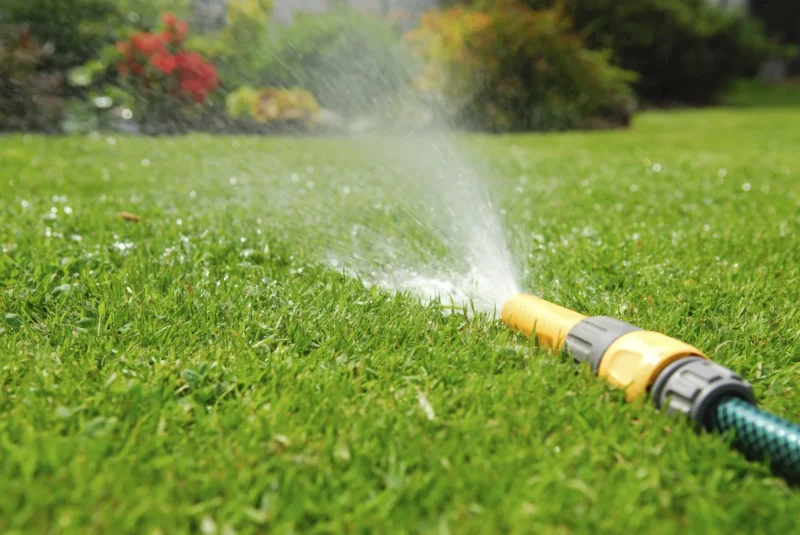
Growing grass can be challenging, especially when dealing with clay soil. But fear not, dear reader! There are ways to care for your lawn and ensure it thrives even on heavy clay soil.
Watering Guidelines for Clay Soil
Watering your lawn is essential to keep it healthy and green. However, clay soils can be tricky. When watering a lawn with clay soil, water deeply but infrequently. This helps roots grow deeper into the ground. It’s also important not to overwater, as this could lead to root rot or fungal diseases.
Proper Mowing Techniques
Mowing is another critical aspect of caring for your grass in heavy clay soil. Mow regularly throughout the year. Make sure to never remove more than one-third of the grass length at a time. This will help prevent stress and keep your lawn healthy.
Aerating and Fertilizing Schedule
Aerating your lawn is necessary for grass growing on heavy clay soil. Aerating creates small holes that allow air and nutrients to reach the roots. Fertilize at least twice a year: once in early spring and again after summer ends. This helps your lawn build up energy reserves for the next season.
FAQs on Growing Grass in Clay Soil
The following are some typical queries concerning growing grass in clay soil:
Yes, adding topsoil can help improve drainage and provide better growing conditions for your lawn. Use a high-quality blend containing organic matter and mix it thoroughly before spreading.
Absolutely! With patience and care, new lawns can grow well in heavier clay soil types.
Sand can help break up clay soil and improve drainage. However, don’t add too much sand, as this can lead to compacted soils that are harder for roots to grow through.
Conclusion
Growing grass in clay soil may seem daunting, but with proper care, your lawn can thrive. Remember to water deeply but infrequently, mow regularly, and follow proper aerating and fertilizing schedules. By following these guidelines, you can grow a beautiful and healthy lawn in clay soil.